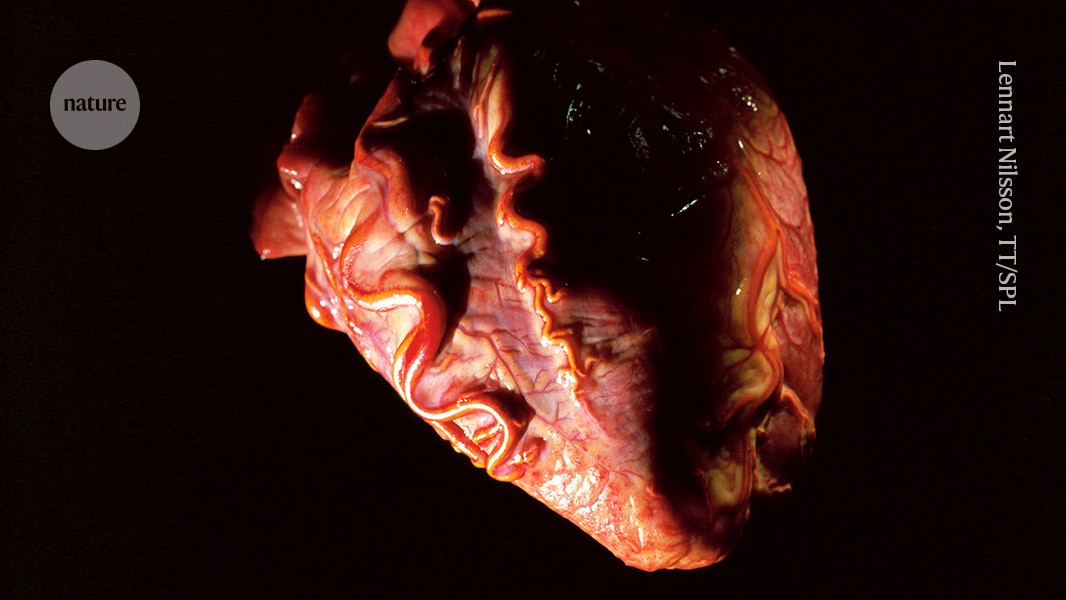Heart from organ donor restarted outside the body — technique offers new source of organs

Current procedures for reviving a heart for transplant are ethically fraught or expensive

New methods to revive and preserve donor hearts could increase the number of organs available for transplant.Credit: Lennart Nilsson, TT/Science Photo Library
Surgeons have developed two low-cost techniques to revive the hearts of people who wish to donate their organs after they die. The methods have only been tested on a small number of people, but they avoid ethical issues sometimes associated with current transplantation techniques.
Using one of the techniques1, surgeons received permission to remove the heart of a child who had been declared dead, restart it and transplant it into another child. The technique, described in the New England Journal of Medicine (NEJM) today, could increase the number of hearts available for organ donation, particularly for children. Roughly 500 children per year in the United States get a new heart, but many will die while waiting for one.
In the second technique, also reported in the NEJM today2, researchers were able to freeze-preserve adult hearts inside the bodies of their donors, then transplant them successfully. The surgeons involved say this procedure could also be used in children.
“These two techniques represent important new advances” in procuring hearts from some donors because they sidestep the ethical challenges of existing methods, says Robert Montgomery, a transplant surgeon at New York University (NYU) in New York City.
Current challenges
Most donated hearts come from people who have been declared brain dead but whose heart is still beating. However, there are not enough such cases to meet the demand for donor hearts.
In some cases, hearts can be obtained from donors who are declared dead once their heart has stopped beating for five minutes — for example when a family decides to remove life support for an individual.
For these hearts to be suitable for transplantation, surgeons must typically either remove the organ from the body and restart it on a machine or get it to beat again while still inside the body. But the former option is expensive and can’t be used for donors weighing less than 40 kilograms, which excludes babies and most children, and the latter is not widely used because of potential ethical issues.
The main ethical concern raised by physicians is that jumpstarting the heart while it is still in the body might require a change to the recorded cause of death, from circulatory death to brain death. Another issue is that the procedure could theoretically restore blood flow to the brain — although clamps are used to block this outcome.
Reviving tiny hearts
To avoid these potential issues, Joseph Turek, a paediatric cardiac surgeon at Duke University in Durham, North Carolina, and his colleagues developed a system to revive children’s hearts outside the body1. This involves pumping oxygenated blood into the heart through a tube attached to the aorta. The blood is then drained out of the heart through a vent in the left ventricle, collected in a bag to be re-oxygenated then pumped back into the heart.
The team tested the procedure in 12-week-old piglets before the first human trial earlier this year. In that case, surgeons removed the heart of a one-month-old baby who had died, restarted it outside their body then transplanted it into a three-month old baby.
Three months later, the recipient’s heart continued to function normally with no signs of rejection, according to the NEJM report. The procedure could result in 100 more paediatric heart transplants a year in the United States, says Turek. It also offers a cost-effective alternative to out-of-body revival of adult hearts, he adds, because it doesn’t require equipment that can cost tens of thousands of dollars.
Login or create a free account to read this content
Gain free access to this article, as well as selected content from this journal and more on nature.com
or
Sign in or create an accountdoi: https://doi.org/10.1038/d41586-025-02243-0
This story originally appeared on: Nature - Author:Smriti Mallapaty


















